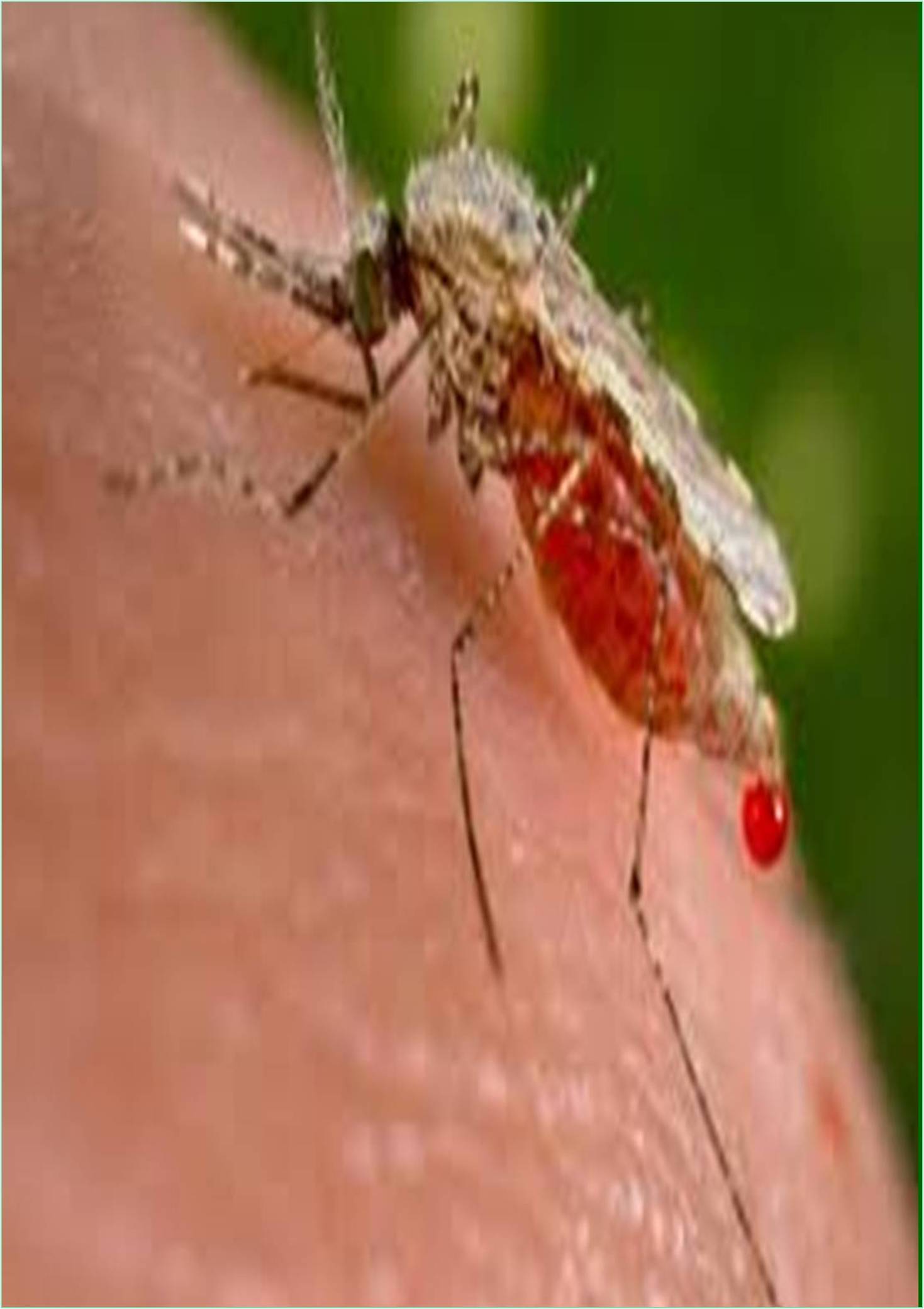



Received: 23-Jul-2022, Manuscript No. IJMAR-22-72015; Editor assigned: 26-Jul-2022, Pre QC No. IJMAR-22-72015 (PQ); Reviewed: 12-Aug-2022, QC No. IJMAR-22-72015; Revised: 22-Aug-2022, Manuscript No. IJMAR-22-72015 (R); Published: 29-Aug-2022, DOI: 10.15651/IJMAR.22.1.006
In the past, specialists on vector-borne diseases have assumed that each time a mosquito lays an egg it consumes a single blood meal for the purpose of improving the quality of the egg. It also consumes plant sugars for flight and the production of energy reserves. It shows that Anopheles gambiae and Aedes aegypti, two of the most important human pathogen vectors, consume several blood foods during gonotrophic cycles while forgoing sugar feeding. This behaviour is now the norm rather than the exception. These species boost their health and exponentially increase the fundamental duplicate price of the diseases they transmit by eating frequently and preferentially on human blood. Although the epidemiological outcome is identical, there are significant differences in the mechanisms behind common human infection when utilising those specie that lend themselves to more precise examination (Braid et al., 2009).
Anthropophilia, which derives from the Greek word, is the preference of a parasite or dermatophyte for humans over other species in parasitology. The term endophilia that is related with it specifically refers to a preference for being in human environments, particularly interior houses. In this context, the term "zoophilia" refers to animals that choose to eat non-human creatures. The term "anthropophilia" is most commonly used to describe hematophagous insects (Anopheles) that prefer human blood to animal blood (zoophily, however see different meanings of zoophily). Other than haematophagy, examples include close-to-human geckos, pied crows (Corvus albus), cockroaches, and many more. As part of the endeavour to eradicate the disease, researchers distinguish between anthropophilic mosquitoes and other types when studying malaria and its disease vectors.
Synanthrope refers to an organism that lives close to human habitations or settlements, whereas anthropic refers to an organism that inhabits a human domicile (Fryauff et al., 1995).
Anthropic organisms are organisms that exhibit the anthropic principle. One of the biggest global public health issues is still malaria (Dahalan et al., 2019).
Blood-sucking insects known as vectors have the capacity to spread harmful bacteria between blood meals. It may be feasible to identify the genetic makeup of plasmodium in the blood contained in the intestines of these mosquitoes through contact with human populations residing in malaria-endemic regions and insecticides. Heterogeneous surveillance is the technique of examining blood meals for the presence of infections. In light of this, this study looked into the correlation between the rate at which Plasmodium DNA is discovered in pesticides and the rate at which people are discovered to be malaria parasite carriers. By taking reasonable precautions, many of these diseases can be avoided. For accurate forecasting of upcoming epidemics and disease outbreaks as well as for locating infection hotspots, surveillance is crucial. Malaria continues to be one of the most significant global public health issues among vector-borne illnesses. Malaria is still spread by mosquitoes in 91 nations and territories, and each year it is thought to be responsible for 216 million clinical episodes and 445,000 fatalities (Dev et al.,2001). The malaria parasites that make up the reservoir of malaria infection are implicitly carried by a lot more unidentified people in malaria endemic locations. It has been determined that one significant obstacle to effectively controlling and ultimately eliminating malaria is the difficulty of recognizing them (Worrall et al., 2005).
The usage of Insecticide-Treated Bed Nets (ITNs) is probably going to boost the preference for cattle in biting. Thus, bed nets may change the population makeup of important vector species in a way that has advantageous epidemiological effects. The make-up of host communities as well as operational circumstances determine whether populations are put on a trajectory toward greater zoophily when intensive bed net use in an area is discontinued. This could have an impact on bed net initiatives, especially when it comes to reducing interventions after transmission is interrupted. To investigate the circumstances under which such adaptive modifications may actually take place in the field, additional study on the feeding habits of malaria mosquitoes is required.
Baird JK (2009). Severe and fatal vivax malaria challenges' benign tertian malaria'dogma. Ann Trop Paediatr. 29(4). [Crossref] [Google Scholar] [PubMed]
Dahalan FA, Churcher TS, Windbichler N, Lawniczak MK (2019). The male mosquito contribution towards malaria transmission: Mating influences the Anopheles female midgut transcriptome and increases female susceptibility to human malaria parasites. PLoS pathog. 15(11):e1008063. [Crossref] [Google Scholar] [PubMed]
Dev V, Ansari MA, Hira CR, Barman K (2001). An outbreak of Plasmodium falciparum malaria due to Anopheles minimus in central Assam, India. Indian J Malariol. 38(1-2):32-38. [Crossref] [Google Scholar] [PubMed]
Fryauff DJ, Basri H, Bangs MJ, Subianto B, Wiady I, Leksana B, Masbar S, Richie TL (1995). Primaquine for prophylaxis against malaria among nonimmune transmigrants in Irian Jaya, Indonesia. Am J Trop Med Hyg. 52(6):479-484. [Crossref] [Google Scholar] [PubMed]
Worrall E, Basu S, Hanson K (2005). Is malaria a disease of poverty? A review of the literature. Trop Med Int Health. 10(10):1047-1059. [Crossref] [Google Scholar] [PubMed]